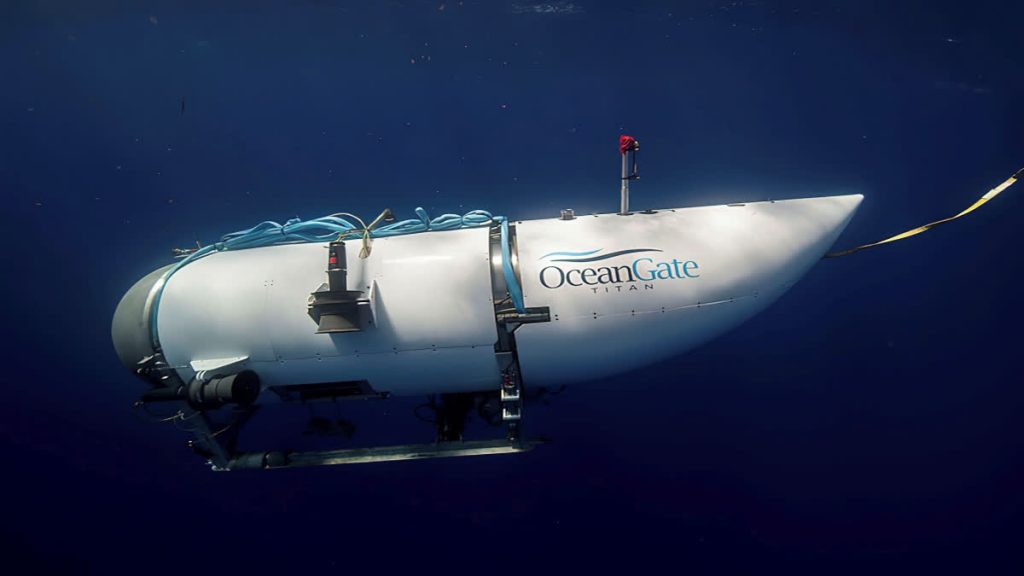Boston: The US Coast Guard says a Canadian aircraft has detected underwater noises during the search for a submersible that vanished while taking five people down to the wreck of the Titanic.
As a result of the noises detected by the Canadian P-3 aircraft, search efforts have been relocated. Those searches had not found anything, but are continuing.
Rescuers have been racing against the clock because even under the best of circumstances the vessel could run out of oxygen by Thursday morning.
In addition to an international array of ships and planes, an underwater robot had started searching in the vicinity of the Titanic and there was a push to get salvage equipment to the scene in case the sub is found.
Three C-17 transport planes from the US military have been used to move commercial submersible and support equipment from Buffalo, New York, to St. John’s, Newfoundland, to aid in the search, a spokesperson for US Air Mobility Command said.
The Canadian military said it provided a patrol aircraft and two surface ships, including one that specializes in dive medicine.
It also dropped sonar buoys to listen for any sounds from the Titan.
Authorities reported the carbon-fiber vessel overdue Sunday night, setting off the search in waters about 435 miles (700 kilometers) south of St. John’s. At the helm was pilot Stockton Rush, the CEO of the company leading the expedition.
His passengers were a British adventurer, two members of a Pakistani business family, and a Titanic expert.
The submersible had a four-day oxygen supply when it was put to sea around 6 am on Sunday, according to David Concannon, an adviser to OceanGate Expeditions, which oversaw the mission.
CBS News journalist David Pogue, who travelled to the Titanic aboard the Titan last year, said the vehicle uses two communication systems: text messages that go back and forth to a surface ship and safety pings that are emitted every 15 minutes to indicate that the sub is still working.
Both of those systems stopped about an hour and 45 minutes after the Titan submerged.
“There are only two things that could mean. Either they lost all power or the ship developed a hull breach and it imploded instantly. Both of those are devastatingly hopeless,” Pogue told the Canadian CBC network Tuesday.
The submersible had seven backup systems to return to the surface, including sandbags and lead pipes that drop off and an inflatable balloon. One system is designed to work even if everyone aboard is unconscious, Pogue said.
